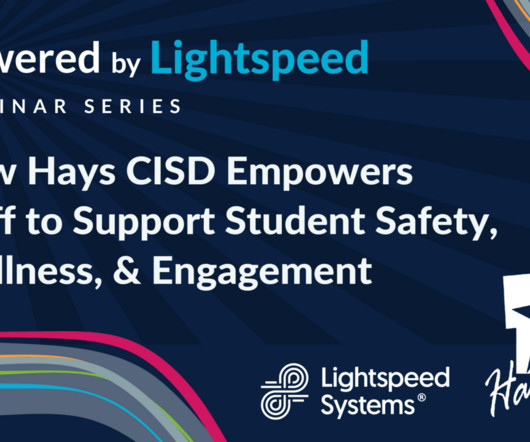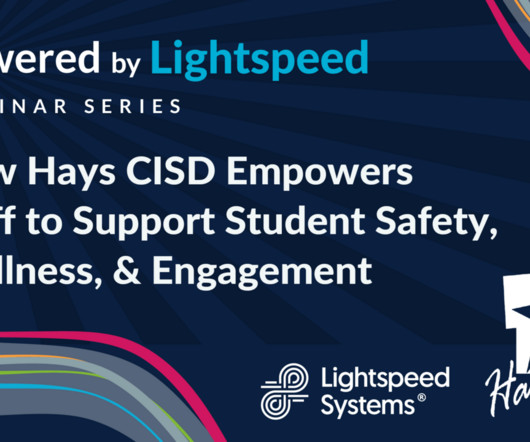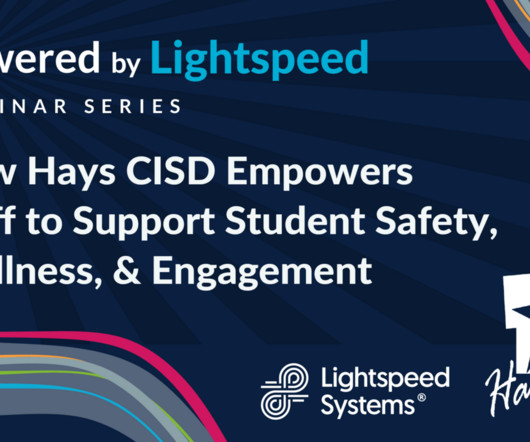Majority of districts now meet FCC’s school internet connectivity goal
eSchool News
JANUARY 3, 2024
The latest statistics come from Connected Nation’s (CN) Connect K-12 Program’s 2023 Report on School Connectivity , released in collaboration with Funds For Learning (FFL). In fact, the cost is substantially higher for those school districts not meeting that level of connectivity. Key points: U.S. per megabit.





























Let's personalize your content